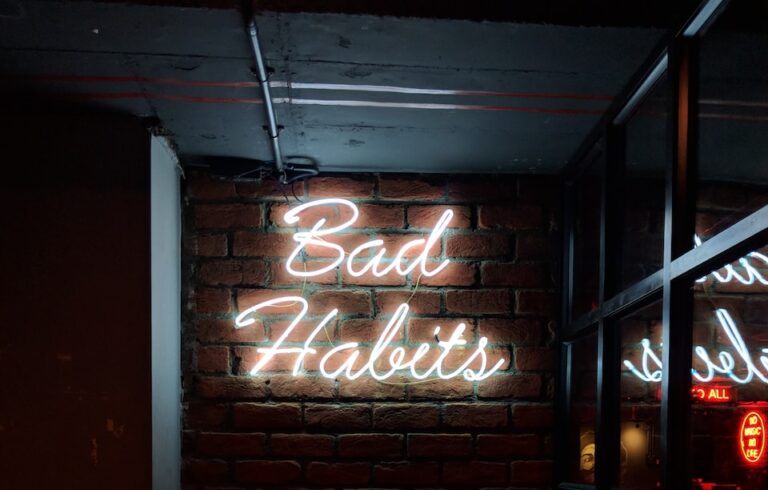Story Pacing Perfection: Engage Your Readers
Hey there, fellow authors and aspiring storytellers! It’s your friendly neighborhood author and secondary teacher here, ready to dive into the exciting world of story pacing. Today, we’re unpacking a crucial element that can make or break your narrative – the art of balancing action and reflection. Whether you’re penning a high-octane thriller or a deeply introspective character study, finding the right pace is key to keeping your readers hooked and your characters shining. So, grab your favorite writing snack, and let’s explore how to master this storytelling tightrope together!

Understanding Pacing in Storytelling
What is Pacing?
Pacing is the rhythm of your story, the heartbeat that keeps your narrative alive. It’s about how quickly or slowly events unfold and how much time you spend on action versus reflection. A well-paced story keeps readers engaged by varying its tempo, ensuring that neither breakneck speed nor sluggish progression dominates the tale. To understand pacing, think of it as the ebb and flow of tension and release in your narrative.
Examples of Pacing in Popular Literature
Let’s look at some classic and contemporary examples. J.K. Rowling’s “Harry Potter” series brilliantly balances fast-paced action scenes with quieter, reflective moments, allowing readers to catch their breath and connect deeper with the characters. On the other hand, Dan Brown’s “The Da Vinci Code” maintains a rapid pace, with cliffhangers and revelations at every turn, keeping readers on the edge of their seats. Both approaches are effective but serve different storytelling goals.
Pacing and Genre Expectations
Different genres come with different pacing expectations. Thrillers and action-adventures often have a quicker pace to maintain suspense and excitement. In contrast, literary fiction or romance might take a more leisurely approach, giving more space for character development and emotional depth. Understanding your genre’s pacing norms can help you align your story with reader expectations while still leaving room for your unique voice.

Techniques for Balancing Action and Reflection
Using Dialogue and Description Effectively
Dialogue can be a powerful tool for pacing. Fast-paced, snappy dialogue can accelerate the pace, while longer, more reflective conversations can slow it down. Similarly, descriptions can set the scene’s tempo. Detailed descriptions can create a sense of pause and contemplation, while minimal descriptions can keep the action moving swiftly.
The Role of Chapter Length and Structure
Chapter length and structure significantly impact pacing. Short, punchy chapters can create a sense of urgency and momentum, perfect for action-packed scenes. Longer chapters, with more room for introspection and character development, can offer a slower, more thoughtful pace. Experimenting with chapter lengths can help you find the right balance for your story.
Balancing Subplots and Main Plot
Subplots offer a great way to vary pacing within your story. They can provide a breather from the main plot’s intensity or add complexity and depth to your narrative. However, it’s important to ensure that subplots complement and enhance the main story, rather than detract from it. Finding the right balance between subplots and the main plot is key to maintaining a cohesive and engaging pacing.

Frequently Asked Questions About Story Pacing

Final Thoughts on The Role of Pacing: Balancing Action and Reflection
As we wrap up our journey through the intricacies of pacing, remember that it’s a delicate dance between keeping your readers engaged and allowing your characters and story to breathe. Pacing is not just about the speed of events, but the rhythm and flow of your entire narrative. Whether you’re crafting heart-pounding action or profound reflections, the key is to stay true to your story and your voice. Experiment, listen to feedback, and most importantly, have fun with it! Happy writing, and here’s to crafting stories that captivate and resonate with your readers!







One Comment
Comments are closed.